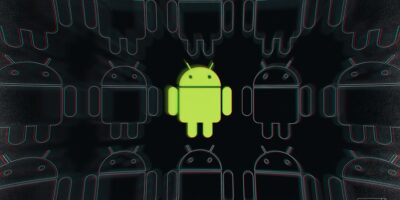At the 2018 Mobile World Congress in Barcelona, tech journalists were not disappointed in terms of innovation; after all, Nokia proved that it is still a brand worth watching by revealing the 8110 4G feature phone, which features a slider cover that recalls the iconic film “The Matrix.” There was also the concept Vivo Apex smartphone, which hides its camera until users are ready to take selfies, which prompts a sensor to activate a pop-up mechanism.
Aside from the aforementioned highlights, a common theme discussed by mobile industry leaders at the MWC was the Android operating system and how it seems poised to capture 90 percent of the global smartphone market. Tech giant Apple had a major presence at the conference, but the company did not reveal major innovations; instead, Android developers held court with the following projects, which will likely be available to smartphone users this year:
Fingerprint Sensors
Iris scanners and facial recognition schemes have mostly failed to become the new biometrics security standard, which means that fingerprint scanners and readers are here to stay. Android developers have been following the progress that the Windows Hello security and authentication protocol has made, and the consensus for 2018 is to install fingerprint scanners on the back of smartphones. Financial technology firms are currently pushing for Windows Hello and similar protocols to replace the legacy username/password credentials system of accessing online accounts, and this means effective biometrics solutions such as fingerprint scanners.
Indoor Mapping
The popular Google Maps mobile application will start getting augmented by drivers that will support the 802.11mc wireless connectivity standard, which gives smartphone users the ability to navigate large indoor spaces such as airports, universities, casinos, shopping malls, and government facilities. With 802.11mc support, indoor navigation is as easy as hiking in a national park with a GPS-enabled smartphone and Google Maps.
Wireless Charging Technology
Soon after Apple starting working on wireless charging a couple of years ago, Android developers rushed to catch up. Wireless charging stations will soon be offered at airports, shopping centers, train stations, and bus terminals, and it will not be long before McDonald’s and Starbucks do the same. In 2018, wireless charging will be a feature found in all high-end Android smartphones, and it should become standard by 2020.
The Emoji Wars
Even though iPhone users are still getting used to Apple’s strange Animoji, Samsung and LG will be jumping on this bandwagon with augmented reality as well as photo stickers powered by artificial intelligence.

